Forty Years after “Purple Rain,” the Legacy of Prince Hides in Plain Sight
by Rafiq TaylorOn September 21st I joined a sea of Prince fans for the 40th anniversary of the artist’s star-making film, Purple Rain, hosted by Cinespia at the Rose Bowl.
For me this was an eye-opening experience. It was not only my first time seeing “Purple Rain,” but my first layered interaction with Prince as a pop culture icon outside of the album covers I’ve seen in passing and “When Doves Cry.”
As Prince’s deep and devout fandom entered the Rose Bowl stadium, many in purple regalia to mark the occasion, I wondered how Prince’s enormous influence has managed to hide in plain sight.
Then I saw “Purple Rain,” and was surprised by Prince’s unapologetic vulnerability in his role as The Kid. “Purple Rain” is a film that, like Prince, refuses to fit neatly into any single genre. It isn’t a biographical “concert film” because the story itself is fiction. Yet, some major points of conflict are inspired and informed by Prince and The Revolution’s creative relationship.
The Rose Bowl's field was packed with Prince fans and movie lovers alike for the screening.
I was expecting a concert movie, not an exploration of generational trauma and its impact on the seduction of power within the pursuit of fame. But that’s what I was given along with the wildly entertaining performance pieces.
Prince is a genuine anomaly. He is responsible for establishing Minneapolis as a music mecca, creating a new blueprint for what a “biographical music movie” can be, revolutionizing fashion, and all this time engaging in meaningful activism for issues residing both inside and seemingly distant from the American music apparatus.
As a celebrity, Prince has always been a moving target. Interestingly, one can glean insight into who he was not only through his art, but through his activism. While I am not certain it is even possible to craft a definitive view of a figure whose existence refuses to be confined, I believe Prince’s art in conversation with his activism provides an ornate singularity.
Before diving into the world of Prince, I need to emphasize and reiterate the power of Prince’s calculated ambiguity and subversion. This can be identified in the very naming of his character in “Purple Rain.” The pseudo-fictional non-name for himself is “The Kid.” The name of The Kid’s personal antagonist (played excellently by Clarence Williams III) is simply “Father.” This is a not-so-subtle indication of Prince’s intent to not only examine inherited struggle and trauma, but the role of patriarchy in its perpetuation.
Throughout the film, we see The Kid in a playful dance with masculinity. This is shown through his performances and interactions with his muse, Apollonia (played by Apollonia.) Conversely, we also see The Kid engaging with the abuses of patriarchy. This is shown through how he treats his songwriters, and even how he eventually treats Apollonia. Coming home to a physically abusive father every day, The Kid has a natural disdain for patriarchal violence. Yet, in spite of himself, the patriarchal control serves as a constant threat, infiltrating the charming bravado of masculine ego.
By the end of the film, The Kid shows the first signs of resisting his inherited patriarchal impulses. He pulls his punches. He honors and performs the work of his peers Wendy and Lisa. The Kid retains his empathy and rejects his ruthlessness.
Prince performs on the Today show with "Slave" engraved on his face. (Craig Blankenhorn/Getty Images)
As an artist, we’ve seen both sides of The Kid employed within Prince’s activism. Prince’s ruthless independence first revealed itself in 1993, the year after Prince signed to Warner Music Group. This contract was signed as a necessity to keep Paisley Park Records afloat, and Prince immediately recognized and resented the amount of control Warner was contractually given over not only his entire catalog of previous works, but of the restrictions placed on number of concerts he can perform and the number of albums he can make.
Prince publicly and ruthlessly challenged the loss of his artistic agency through actions of artistic protest. To him at this time, the music industry is the brutal patriarch. Having already harnessed a catalog of over 500 songs at this point, Prince writing the word “slave” on his cheek and changing his name to an unpronounceable symbol represent something more than a tantrum.
When we examine the pop superstars of the present, the degree of autonomy and control they assert over the art they produce would likely be diminished without the tact of Prince’s weaponized ego. In “Purple Rain” we see the consequences of this ego when it is inflicted on those who have less power. In life we see the influence of this ego as a force for regaining autonomy from the manipulations of powerful organizations.
That said, we must remember that Prince’s character is The Kid. We must remember The Kid’s weatherworn relationship with Father. We must remember that Prince was helplessly empathetic. In this way, he extended his activism beyond his dominant industry over time.
It is easy to point to Prince’s discography as a source of activism. Like other celebrities of and before his time, Prince produced political anthems that directly spoke to policial moments. It is not uncommon for a music superstar to have a “Ronnie Talk to Russia” at a certain point in their career. What sets Prince apart is a consistent conversation with the American political environment that can be traced all the way up to and beyond Prince’s passing.
A photo of the late Prince is framed by a bed of white, pink, and purple roses.



